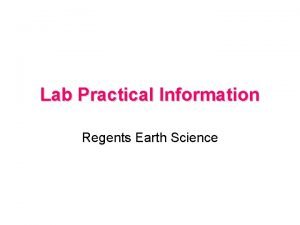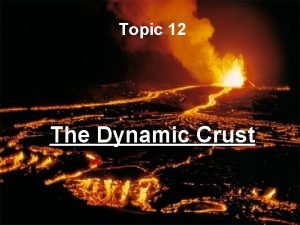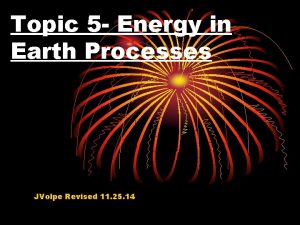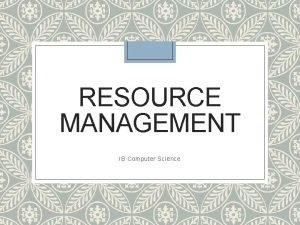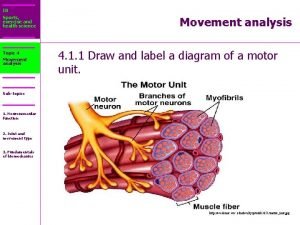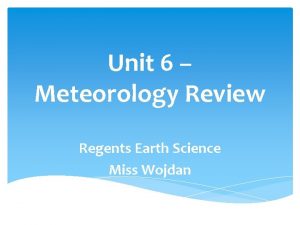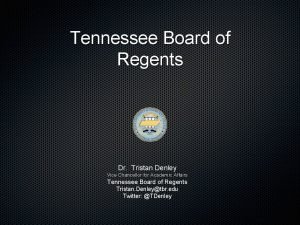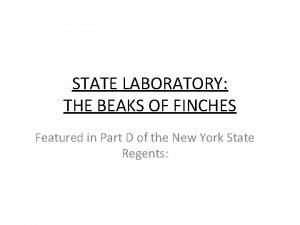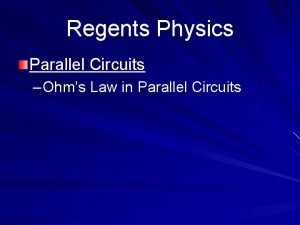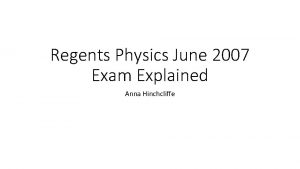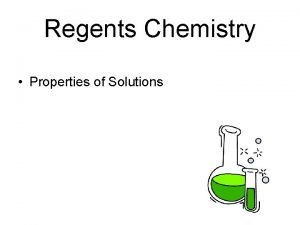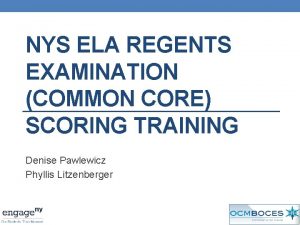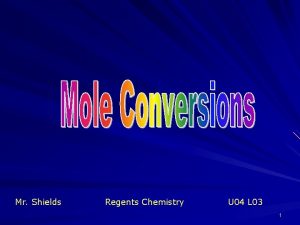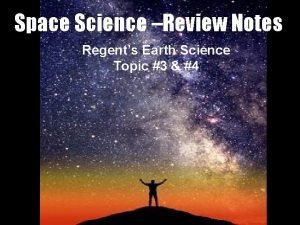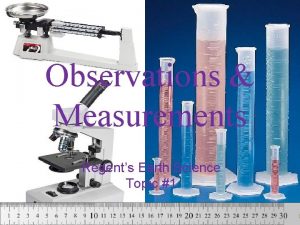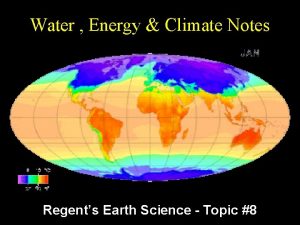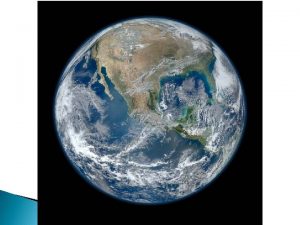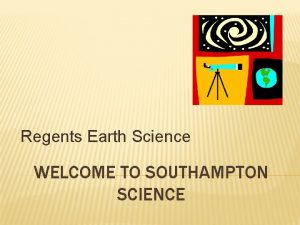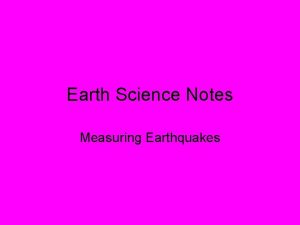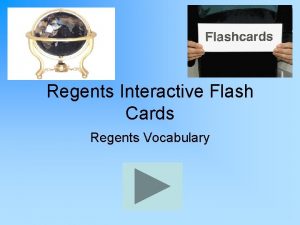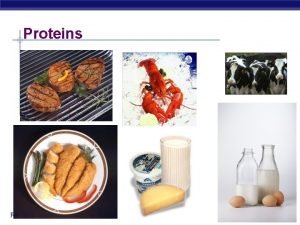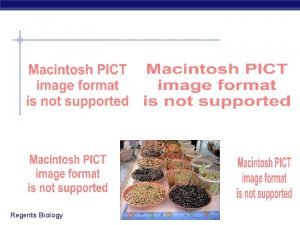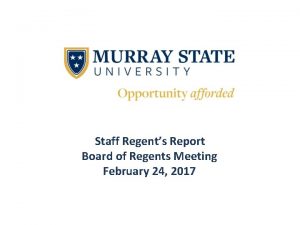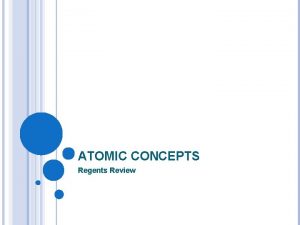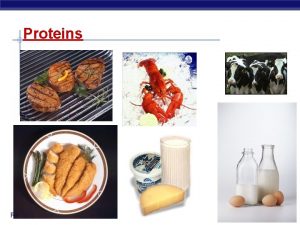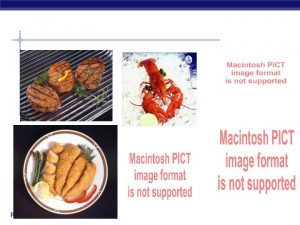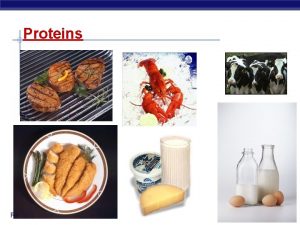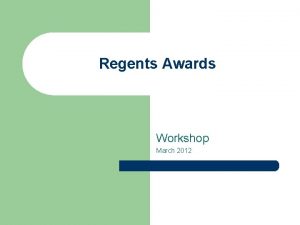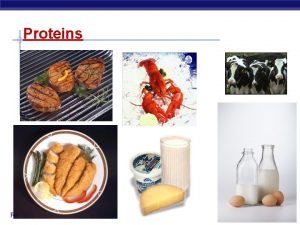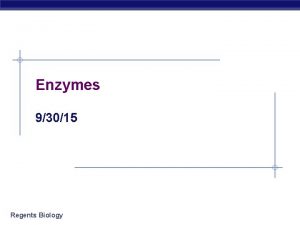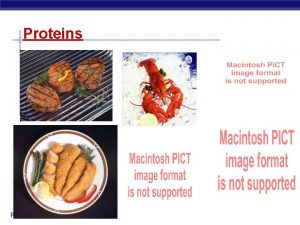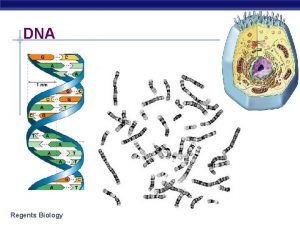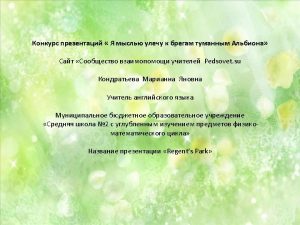Measuring Earth Regents Earth Science Topic 2 Models



























- Slides: 27

Measuring Earth Regent’s Earth Science Topic #2

Models • Replicate & help us understand. • Visual representations

Kinds of Models • Physical – look like the real thing, but built to some other scale. Small things to a bigger scale or big things to a scale we can hold in our hands. • Mathematical – include formulas & equations. • Graphic – use of graphs to model relationships.

Earth’s True Shape Slightly Oblate Spheroid (Bulges at equator. ) Equatorial Circumference, and diameter GREATER THAN the Polar Circumference. (by about 70 km) 40076 km vs. 40008 km FOR ITS SIZE IT LOOKS VERY ROUND & VERY SMOOTH!

Evidence of Earth’s shape • Best Evidence Photos from satellites.

(shape evidence –continued) • Gravity is greater @ poles because there it is closer to the center of Earth. (E. R. > P. R. ) Gravity = G x M 1 x M 2 distance 2

(shape evidence –continued) • Ships disappear over horizons.

(shape evidence –continued) • Polaris only overhead @ North Pole. Polaris appears at the observer’s latitude.

Coordinate System • Imaginary grid system • Used to locate any position on Earth’s surface.

Latitude & Longitude • Latitude - Parallels go east & west to measure distance north & south of Equator. Latitudes range 0 -90°N or S. • Longitude – Meridians go north & south to measure east & west of the Prime Meridian. Longitudes range 0 -180° E or W. Prime Meridian

Eratosthenes’ Proportion • Used to find Earth’s size over 2000 years ago. Step #1 Step #2 S C 500 C = = L 360 30° 360 30 C = 18000 Step #3 C = 6000 km 30° shadow angle 500 km No shadow on this stick

Earth Structure • Lithosphere – Solid, rock layers, most dense. • Hydrosphere – Liquid, water layer, includes fresh & salt water, surface & ground water. Density between air and rock’s density. • Atmosphere – Shell of mixed gases, includes: mostly 78% nitrogen, only 21% oxygen & 1% all other gases.

Lithosphere 10 -65 km Continental Crust 10 -40 km Earth’s Internal Structure Ocean Crust 0 -10 km “Moho” (Mohorovich Discontinuity) The interface between crust & mantle

Atmosphere Layers Exosphere (space) begins between 600 – 700 km

Earth’s Atmosphere • Most of the atmosphere close to Earth’s surface. (80% in troposphere) • Layers based on temperature change. • Statosphere warmer as you go up. Ozone there absorbs u. v. rays. • Thermosphere ions absorb gamma and xrays and also get warmer as you go up.

Field • A region which has been measured for a quantity. • Data points for a quantity on a map. Examples: elevation, temperature, air pressure, wind, precipitation, population

Scalar Quantities • Has a magnitude (size) only. Examples: Temperature, Elevation, Population, etc.

Vector Quantities • Has both magnitude (size) AND direction. Examples include forces and things that can exert forces such as: gravity, wind, magnetism, ocean currents, etc.

Isoline • Connect points of equal value on a field map. • If the map is big enough the isoline will come back to meet itself. • Two isolines can never touch each other. One location can’t have 2 different values. (Ex: 2 Elevations)

Kinds of Isolines • Contour Lines - Elevation • Isotherm - Temperature • Isobar – Air Pressure

Draw 70°F & 80°F isolines.

Isosurface • On 3 -D models. • Connects points of equal value. • Shows up as a surface.

Gradient • Equals Slope. Gradient = Change in field value Distance

Gradient on Topographic Maps • • • Contour lines show elevations. Contour Lines Close = Steep Gradient. Contour Lines Spread Out = Flat Area Steep Slope

Direction of Stream Flow • Streams flow downhill. (generally toward sea-level. ) • Contour lines are v-shaped where they meet streams. • Streams flow out the open end of the v-shaped contour. ow Fl n D io ct e ir

Profiles • A profile is a side, cutaway-view of landscape region. Step#1 – Mark contour lines on scrap paper w/ elevations. Step #2 – Move scrap to bottom of profile graphing grid. Step #3 – Mark each contour positions @ correct elevation. Step #4 – connect data pts. w/ line. The only thing left on this profile is to connect the data points w/ a line.

 Earth science lab practical
Earth science lab practical Earth science regents lab practical
Earth science regents lab practical Earth science regents lab practical
Earth science regents lab practical 282 ways to pass the earth science regents
282 ways to pass the earth science regents My favourite subject is maths
My favourite subject is maths Lead paragraph example
Lead paragraph example Research problem example for students
Research problem example for students Topic models
Topic models What is the difference between modals and semi modals?
What is the difference between modals and semi modals? Manipulative skills in science
Manipulative skills in science Topic 12 earth's dynamic crust and interior
Topic 12 earth's dynamic crust and interior Energy in earth processes topic 5
Energy in earth processes topic 5 Ib computer science topic 6
Ib computer science topic 6 Ib sports science topic 4
Ib sports science topic 4 Ib computer science topic 1 questions
Ib computer science topic 1 questions Ib computer science topic 1
Ib computer science topic 1 Us history regents review
Us history regents review Which map shows the most probable areas of precipitation
Which map shows the most probable areas of precipitation At stp which substance is the best conductor of electricity
At stp which substance is the best conductor of electricity Tristan denley louisiana
Tristan denley louisiana Beaks of finches lab answers
Beaks of finches lab answers Parallel circuit laws
Parallel circuit laws Regents physics work power energy
Regents physics work power energy June 2007 physics regents answers
June 2007 physics regents answers Colligative properties regents questions
Colligative properties regents questions Chemistry regents 2011
Chemistry regents 2011 Ela common core regents
Ela common core regents Chemistry regents conversion chart
Chemistry regents conversion chart


